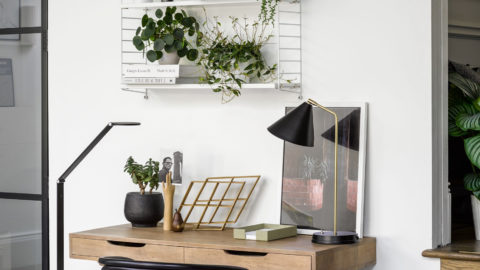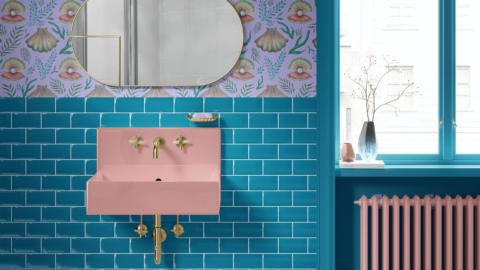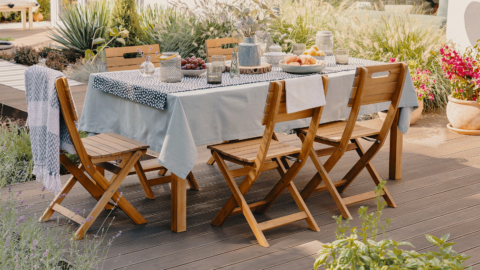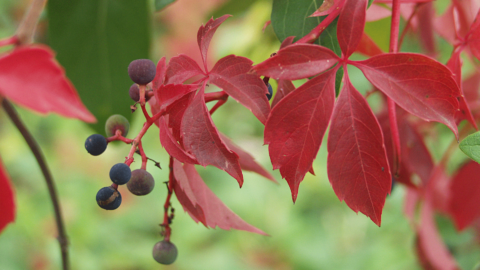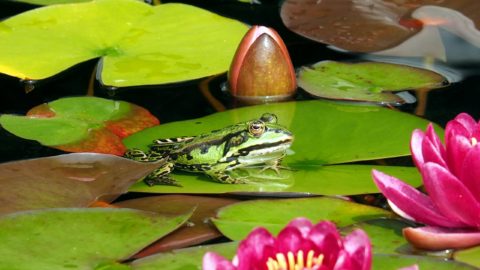Designing A Child-Friendly Garden
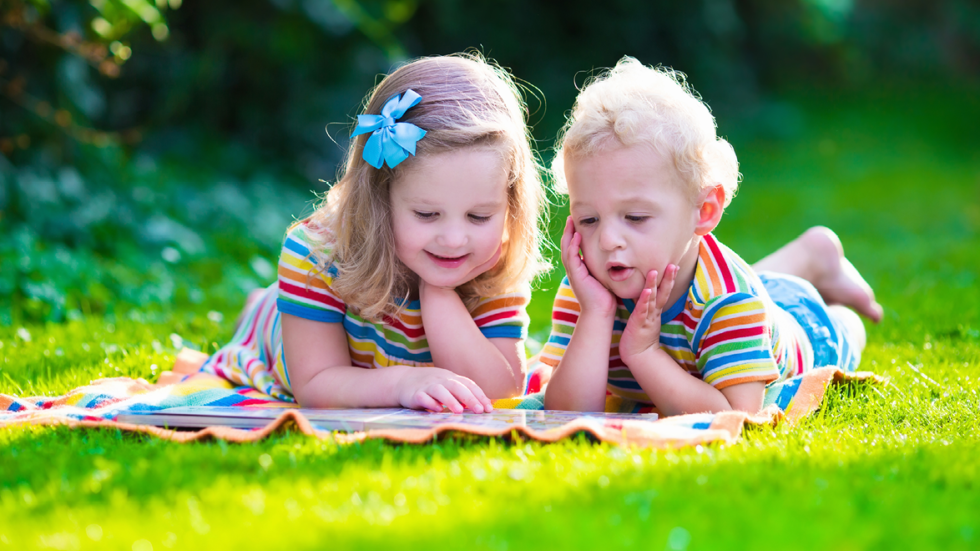
For children the summer holidays and the garden go hand-in-hand – a great place for smashing balls around, running about with the dog, or having friends round for fun and games. However, this can be at odds with the view of a garden to parents or grandparents, so, what can you do to help this?
For most families, the first area of priority is somewhere to relax, eat or entertain outside – a sitting area where you can put out garden furniture and set up the barbecue is the answer, screened off with a low hedge, or some heavy containers, filled with easy-going plants – herbs are a good choice.
Most people make their seating area close to the house, usually right outside patio doors where it is convenient but when the back of the house is in shade for most of the day, it is often better to put the seating area further down the garden, where it catches the sun for the longest amount of time.
Think about a dedicated play area which relieves the adult garden of a lot of wear and tear. If you are looking to mark out sports pitches or place climbing frames or a playhouse use a ground surface with hard-wearing rye-grass or bark chippings. A lock-up garden chest is a good idea for garden toys.
To prevent balls, dogs or small children in neighbours’ gardens, plant banks of shrubs around boundaries. Choose hardy varieties such forsythia or philadelphus, avoiding prickly ones such as berberis or pyracantha. Other ideas include climbers such as honeysuckle or thornless blackberry.
[box type=”shadow” align=”” class=”” width=”600″]Play It Safe!
A good place to position a play area is the far end of the garden, but depending on the age of the children you might like the area closer to keep an eye on them.
Remember, for their safety to keep gates locked and check for hazards including poisonous plants or garden tools and chemicals. One of the biggest dangers is the much-loved garden pond, however shallow – a toddler can easily fall in.
The adult area of the garden is where you can house the more delicate features such as perennial flowerbeds, container garden, raised flowerbeds, greenhouse or decorative vegetable patch. These are best safely separated from the places children play by a soft barrier that is ball and bike proof!
A row of fruit trees, a hedge or an ornamental tree and shrub border makes an attractive and at the same time, practical divider. Alternatively, use ornamental trellis with climbers. If limited for space, a row of woven hazel or heather panels with an arch through into your next area does the trick!
A child-friendly garden does not have to remain the same, keep it under review. As the children grow older, you might like to replace the play area and introduce an area for them to find a quiet space for them to complete their homework or meet friends in a relaxed and safe environment.
By Jacob White

